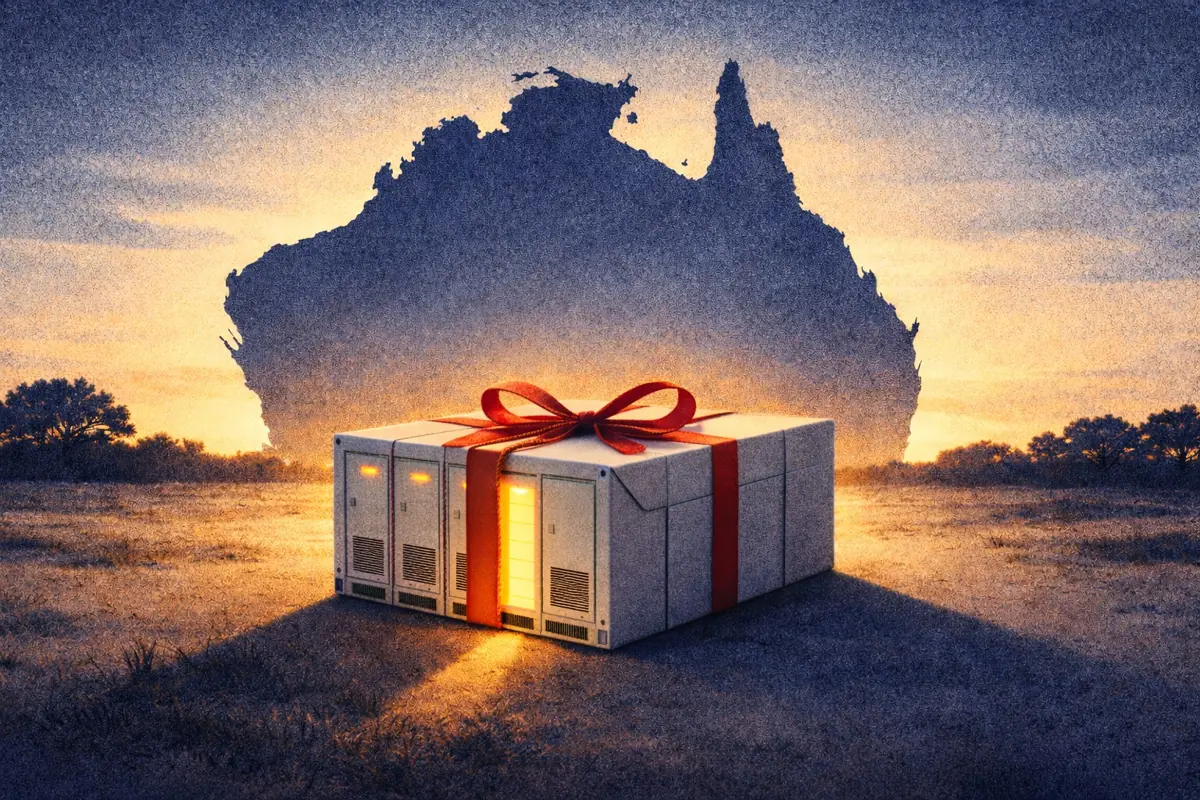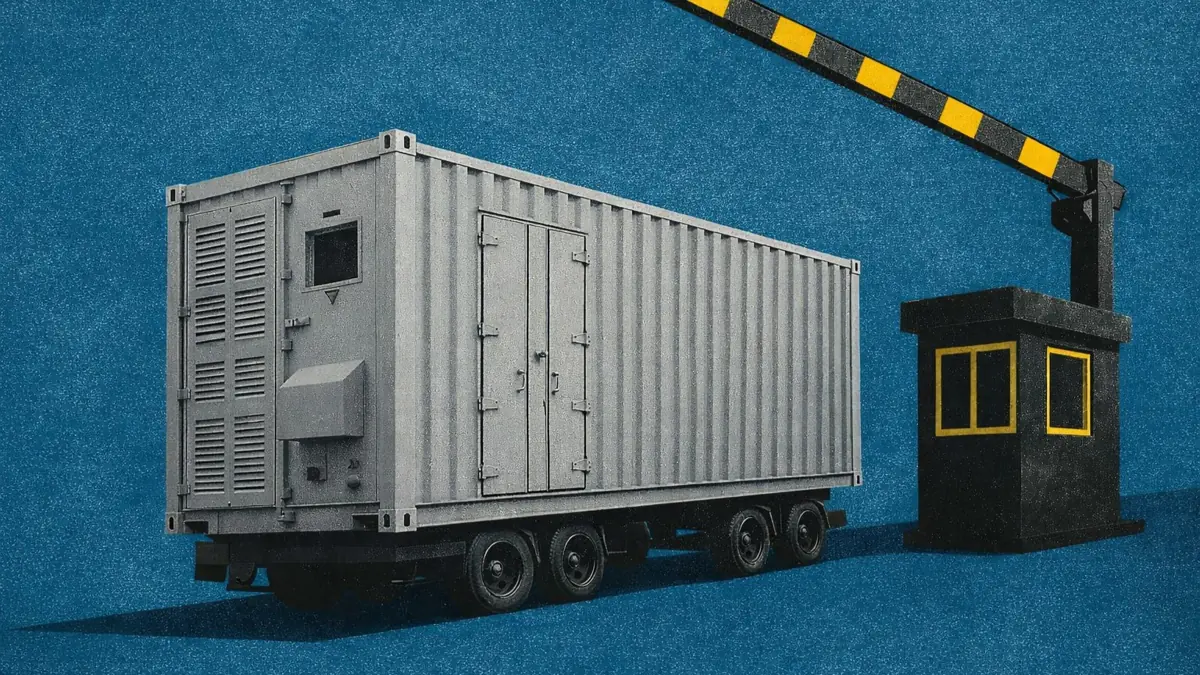The State of BESS in CAISO: Key Takeaways through 2025 Q3
The California ISO (CAISO) continues to lead North America in battery energy storage deployments, but what does that mean for revenues, optimization and near-term policy developments?
On October 14th, we hosted a livestream exploring the latest trends shaping California’s energy storage landscape. You can watch the full recording above and download the accompanying slides here.
Read the key takeaways below to get up to speed with California’s battery markets.
Battery build-out continues at pace
CAISO’s battery fleet expanded rapidly in 2025, rising from 11.2 GW to 14.7 GW in the first three quarters alone - a 31% jump. Installations through Q3 have already surpassed every previous annual total, marking an unprecedented pace of build-out. New projects continue to extend storage capacity, with a capacity-weighted average of 3.5 hours.
More than 60% of the 3.5 GW deployed this year has been concentrated in the SP15 Load Zone, CAISO’s leader in battery installations. This clustering reflects the continued co-location of storage with solar generation across the state. The remaining capacity was distributed across ZP26 and NP15.
Pipeline for battery remains strong
Battery projects, whether standalone or co-located, have had a strong presence in CAISO’s interconnection queue since 2015. The surge in requests has lengthened timelines, with standalone BESS and solar-plus-BESS projects exhibiting some of the longest interconnection durations. That said, CAISO has iterated on its processes over this period, with the current cluster study framework intended to streamline studies and move viable projects through more quickly.
Nearly all new projects entering the queue since 2015 include grid-scale batteries. This reflects both policy incentives favoring hybrid systems and the operational value of pairing with solar generation. The trend underscores how storage has evolved from a complementary resource to a default component of California’s new-build energy mix.
CAISO’s near-term data indicates a line-of-sight buildout to ~24 GW of utility-scale BESS by 2028. The precise year-to-year cadence remains schedule-dependent, but the composition trend continues: standalone retains a lead over co-located and hybrid in forthcoming additions.
Revenues are falling as competition intensifies and demand softens
Average merchant revenues for battery energy storage systems have declined over the past 12–18 months, reflecting both growing market competition and a moderation in price volatility. As of the end of September, 2025 merchant revenues are approximately 50% lower than in 2023 and approximately 24% below 2024 levels, underscoring a continued decline in year-over-year performance.
This trend has been most pronounced in energy arbitrage, where increased battery participation in the day-ahead market has compressed spreads and eroded margins.
Merchant revenues down in absolute terms, but their composition is unchanged
Revenues from energy arbitrage and ancillary services have declined in absolute terms over the past two years. However, their share of total merchant revenues has remained stable: DAM energy continues to account for around 70% of the BESS revenue stack, ancillary services contribute roughly 10%, and RTM Energy revenues make up the remaining 10%.
Meanwhile, capacity payments have grown substantially, more than doubling their share of total revenues since early 2023. This shift underscores an evolving revenue mix: contracted capacity is now a more reliable earnings foundation, while market-facing revenues have softened amid increased participation and lower price volatility.
California’s Slice-of-day framework
Introduced in 2022 and set to take effect this year, California’s Slice-of-Day (SOD) framework outlines major reforms to the state’s resource adequacy (RA) program. The new framework shifts RA requirements for load-serving entities from a simple monthly target to a 12-month, 24-hour obligation.
The SOD framework applies only to System RA (excluding Local and Flexible RA) and introduces two key changes affecting renewables and storage:
- Exceedance Profiles: Location- and resource-specific profiles assess the hourly contributions of variable energy resources (such as solar and wind)
- Charging Requirements: Explicit modeling of storage charging needs ensures a more accurate representation of storage capabilities and limitations.
SOD significantly affects the RA value of standalone storage. Under the previous system, load-serving entities could count four-hour standalone storage at its full nameplate capacity. Under SOD, however, storage’s RA contribution depends on its ability to shift capacity from hours of surplus to hours of shortfall.
The chart below illustrates how a load-serving entity’s RA position becomes long during midday hours due to solar generation, with energy storage used to shift that excess capacity to later periods.
As FERC EQR data for this year becomes available, we’ll be able to evaluate how these reforms are influencing energy storage revenues in CAISO.







